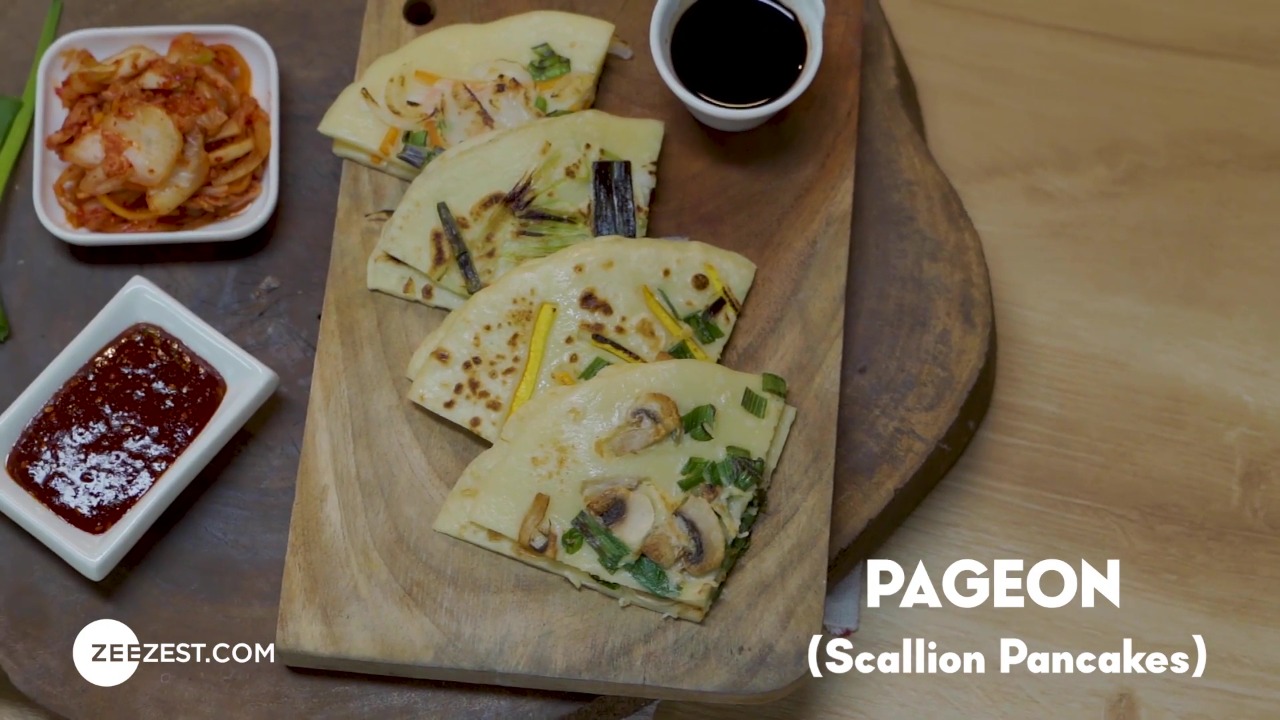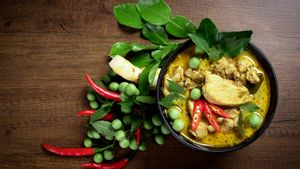Everything ‘K’ is now a global phenomenon. We groove when the boyband BTS croons. We rigorously follow every Korean beauty regimen we can find. We swoon when Korean soap opera heroes turn knights in shining armour-- India has imbibed Korean flavours wholeheartedly.
One of the most important aspects of this Korean influence is also the country’s food. While ramen and kimchi are the entry point to the Korean culinary universe. But Korean food is so much more than just ramen and kimchi. It is an acquired taste but a vital part of the world cuisines.
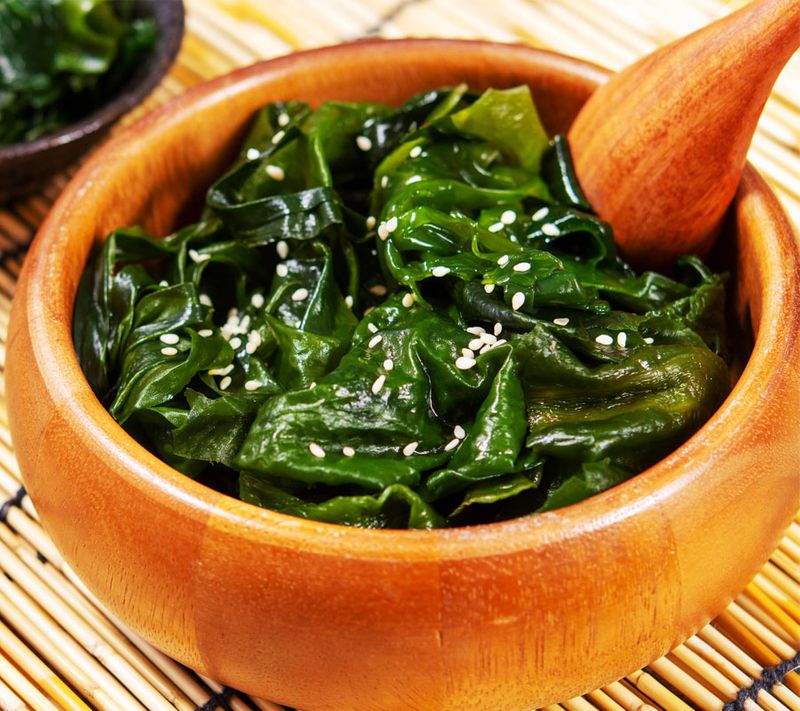
Korean cuisine is broken up to five courses like any other European cuisine. At the same time, Korean food stands out due to the attached health benefits.
You may have tried classic Korean dishes at restaurants and now plan to cook up a Korean storm at home. If you’re unsure where to start, here are 12 ingredients you could start with.
1. Rice
A classic in any southeast Asian cuisine but it is the base for almost every Korean dish. Any short-grain rice will do, even sushi rice works fine
2. Soy Sauce
Known as ganjang in Korean, finding a Korean brand of soy sauce can be tricky. You can use Kikkoman soy sauce instead.
3. Sesame oil
Made from toasted sesame seeds, this oil is the soul of Korean (and other Asian) cuisine. The deep nutty flavour of sesame oil is a great flavour enhancer on its own, apart from being a quintessential carrier of flavour.
4. Gochugaru
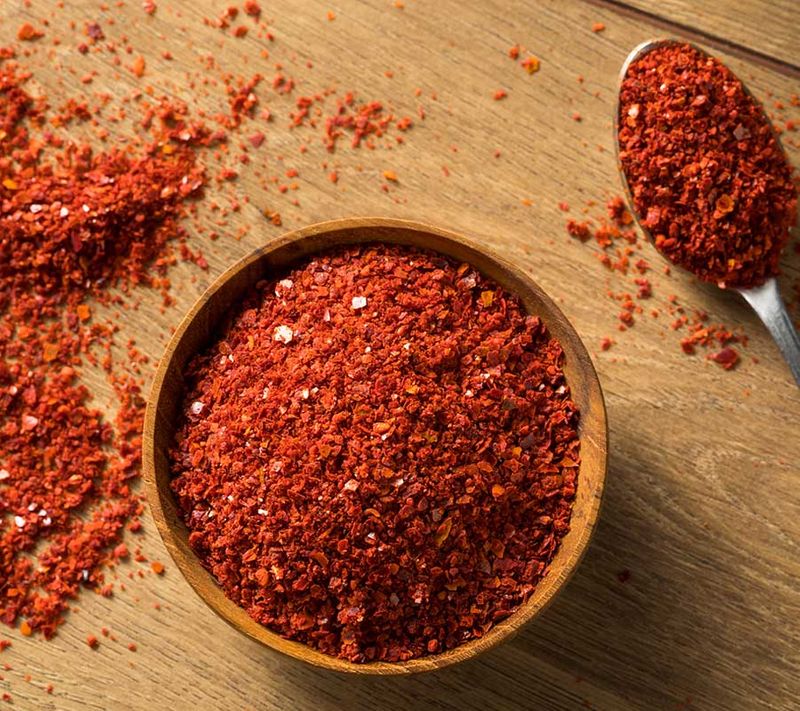
The Korean equivalent of chilli powder, gochugaru is coarsely ground sun-dried Korean red peppers. There is no real alternative for gochugaru’s distinctive flavour profile. But you can use a mix of Kashmiri red chilli and roughly ground Indian dried red chilli.
5. Crushed garlic
Almost all Korean recipes will call for crushed or minced garlic making it a must-have. Thankfully, garlic is abundantly available in India.
Learn how to make Korean Scallion Pancakes from Zee Zest's Show, Simply Korea:
6. Doenjang
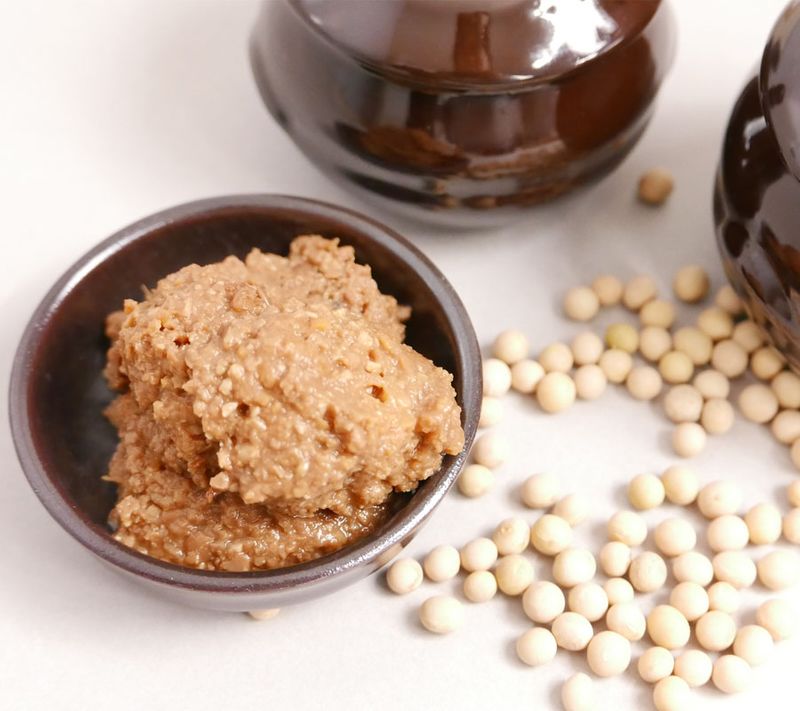
Korean fermented soybean paste is funkier than the Japanese miso, but if you are in a pinch, you can use miso paste as an alternative. More pungent than miso, doenjang is salty and adds that umami punch to soups, vegetables, and stews.
7. Plum syrup
Made from Korean green plums, this syrup rose in popularity as an alternative to sugar.
8. Rice Vinegar
It pairs well with both soy sauce and gochujang to create seasoning or to make a dipping sauce. Rice vinegar is used to balance oily flavours and to cleanse the palate. Some dishes develop a natural acidity from the fermentation process (such as kimchi), but in other cases, vinegar is used for acidity. Rice vinegar has a lower acidity level and a milder flavour compared to wine vinegar and is the most used variety in Korean cuisine.
9. Gochujang
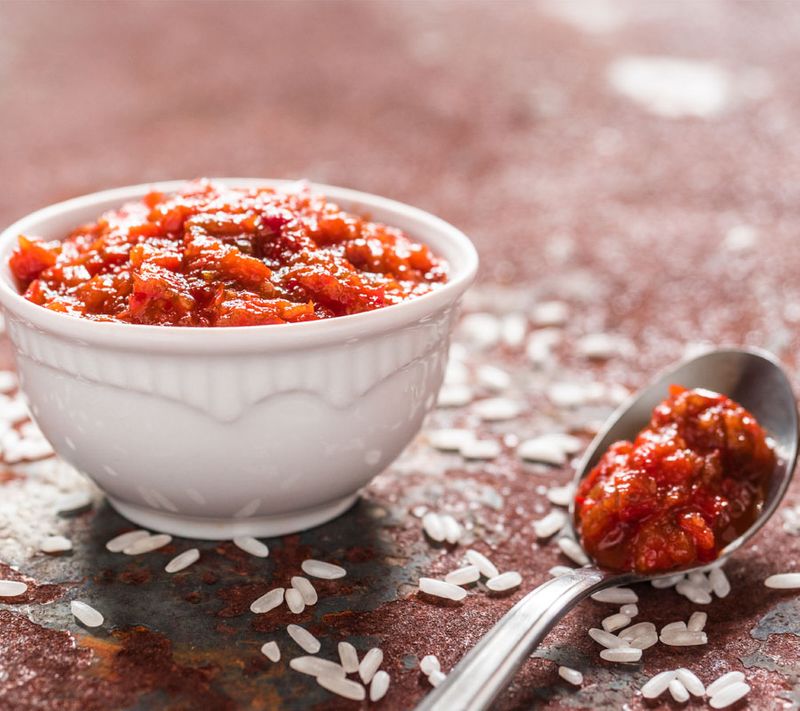
It is the ultimate chilli paste that now has a cult status world over. Gochujang is made from Korean red chile pepper flakes, glutinous rice, fermented soybeans, and salt. While spicy heat is the predominant flavour, it also has complex sugar and umami notes. It is great for marinades, dipping sauce base and more.
10. Sesame seeds
There is more to a sprinkle of black and white sesame seeds on a finished Korean dish. It undoubtedly looks pretty but adds texture and additional depth of flavour to the dish.
Of these 10 ingredients, the three ‘jangs’—gochunjang, doenjang and ganjang—are considered the three pillars of Korean cuisine. These ‘jangs’ are used to season everything from Korean fried chicken to bibimbap and gimbap
The other element of Korean cuisine, which is common in India as well, is the process of fermentation. With Korea experiencing extreme temperatures most parts of the year, preserved foods have been a cornerstone of their cuisine—kimchi being the most popular export. While kimchi is one of the most famous fermented products from Korea, fermented soy and fermented seafood are also extensively used in Korean cuisine.
Here is a Korean cauliflower wings recipe to get you started:
Ingredients:
For the batter
- 1 cup cornflour
- 1 tbsp gochujang
- 1 tbsp gochugaru
- 1 tsp red chilli powder
- Salt to taste
- ½ tbsp garlic powder
- ½ tbsp onion powder
- ½ tbsp oregano
- 1 cupplant-based milk
For cauliflower wings
- 1 head of cauliflower, cut into florets
For the glaze
- 1 tbsp light soy sauce
- 1 tbsp dark soy sauce
- 1 tbsp honey
- 1 tsp chopped garlic
- 1 tsp chopped ginger
- 1 tbsp gochujang
Method:
- Mix all the batter ingredients to form a batter.
- Fold in the cauliflower florets and bake them in an airfyer for 18-20 minutes at 200 degrees Celsius.
- In a pan, make the glaze by gently heating glaze ingredients.
- Once the glaze thickens, brush it on your wings while they are half once.
- Serve them warm topped with chopped spring onions and sesame seeds.
Now that you’re set, don’t forget to share your Korean kitchen experiments with me!



